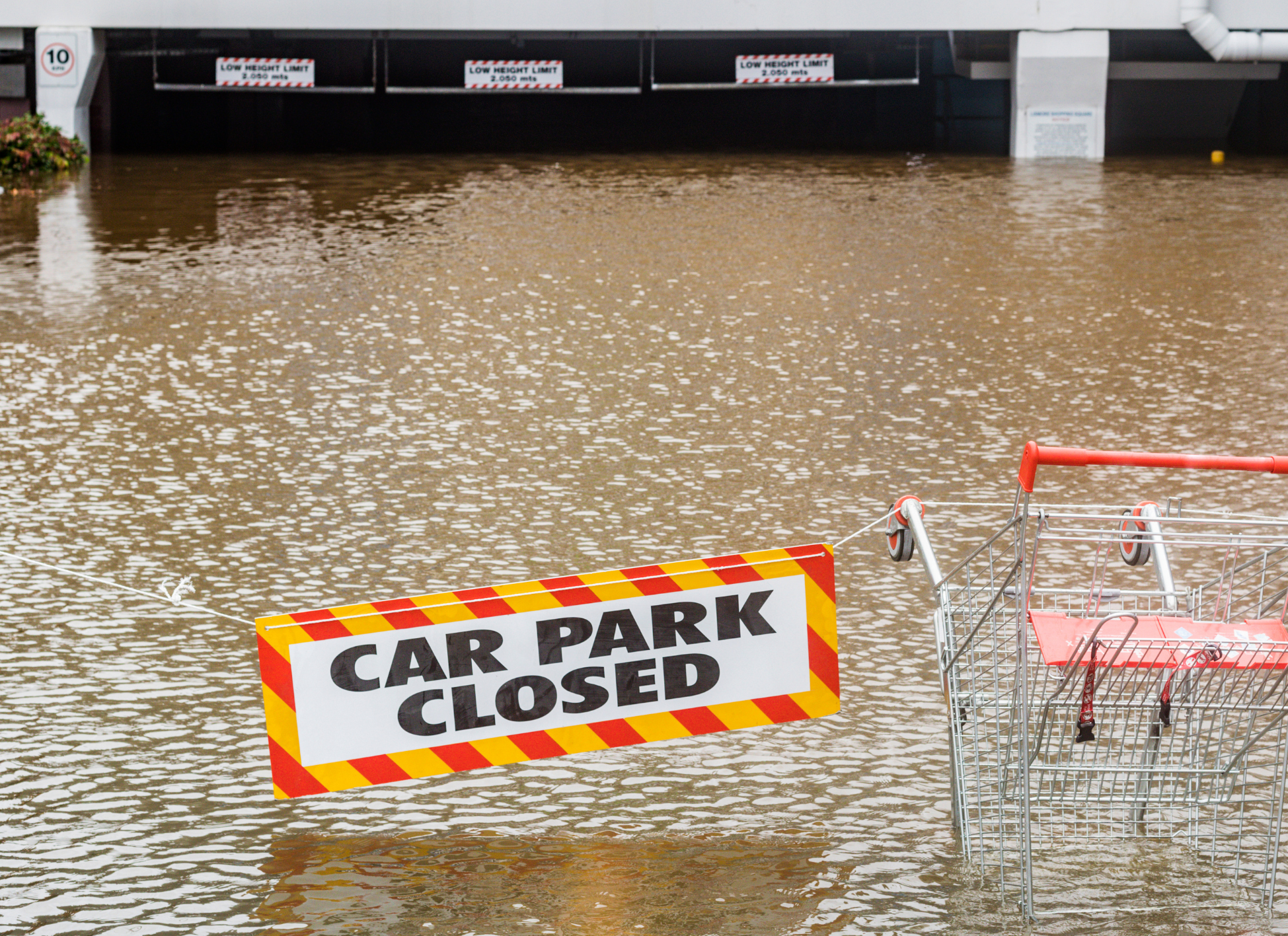As frequent climate disasters disrupt global markets and give rise to steep economic losses, adapting our economy has become a major priority. Demand is growing for flexible insurance products that fill the gaps where traditional solutions fall short – especially in areas of complex or infrequent risk.
Parametric insurance is emerging as a potential game-changer, gaining relevance in the wake of Covid-19 and other climate-related events. As our world continues to be revolutionised by tech, the growing possibilities for parametric insurance are countless. Once limited to weather-related disasters, policies are now making great strides into cyber-terrorism, political unrest, pandemic, warfare, global economic downturn and much more.
What is parametric insurance?
From catastrophe-driven triggers to automatic pay-outs, parametric covers can serve as an innovative and valuable complement to the traditional policy offerings of insurers worldwide. Compared to a typical insurance claim which compensates for damage or loss, parametric insurance pays out a pre-agreed amount based on a triggered event using objective data.
The threshold for the trigger is set so that it aligns with an insured’s risk tolerance. For example, an insured home might have adequate risk mitigation in place to deal with anything up to a category 4 hurricane. For any storm above category 4, the owner might want an alternative risk transfer solution in the form of a parametric policy.
Because it isn’t claims-driven, pay-outs are often deployed quickly, helping to speed recovery and minimise business and domestic interruptions.
How does parametric insurance work?
The process can be broken down into three simple steps:
- Select – the customer selects the trigger event they want to insure against, and the pay-out value they think those triggers are worth. The policy uses agreed triggers that need to be fortuitous, and insurers need to be able to model it.
- Measure – the insurer and customer agree on what measurements they will use to decide when that trigger is reached. It could be anything from flood depth, wind speed, even transport-related or production delays. There are also other applications where pay-outs can be calculated using robust data points, including triggers for market indices, power outages, or even online sentiment for insuring a brand’s value.
- Settle – when the trigger is reached the insurer pays out. Usually, the pay-out value increases as the event intensity increases.
An in-depth example of parametric insurance
In Australia, our variable climate means that the agriculture industry is subject to more revenue volatility than almost any other country in the world.
The effects of climate change are likely to bring more droughts in the years to come, with the Australian Bureau of Agricultural and Resource Economics and Sciences (ABARES) predicting a likely scenario is that overall farm profit will fall by 13% by 2050. Parametric insurance within the agricultural industry is being taken a lot more seriously.
With the addition of hundreds of new meteorological and rapid advancements in technology, farmers and insurers can now more accurately evaluate trigger data and forecast how acute their risk is of an intense dry period, flash flooding or even the potential for hurricanes.
For example, cover could be agreed between a NSW farmer and an insurer at $1M based on there being 40cm of rainwater from flash flooding within six days, and should that target be exceeded, the farmer would be paid out the $1M regardless of the damage suffered or the costs incurred to replant the crop.
Why parametric insurance is a better system for stakeholders
For all parties, parametric insurance provides a transparent claims process and takes out a great deal of the subjectivity that may be involved in a claim. The process of assessing and paying claims for those in remote areas becomes streamlined, as parametric insurance relies on data to pay and assess claims. The pre-agreed pay-out means that claims are processed quickly and efficiently, with minimal paperwork required, no lengthy claims investigations and no disputes.
For the insured, parametric insurance could serve a broader range of needs, especially those in remote or high-risk areas. Those in areas hit by a catastrophic event in the past often find it difficult to get cover on a traditional policy as the risk involved is considered too high. By insuring against the likelihood of an event happening as opposed to actual damage caused, parametric insurance reduces the cost and uncertainty for those who have previously been excluded.
It could also become a very valuable asset for brokers — adding another tool to a broker’s toolbox. With parametric insurance, brokers get the opportunity to fill the gaps left by a traditional insurance policy, meaning they can ultimately provide clients with a more holistic risk transfer service.
The future of parametric cover in Australia
Although still in its infancy in Australia, its possibilities are being realised. Parametric insurance is likely to show strong growth over the coming years as triggers can be better defined. Advances in data science, Artificial Intelligence (AI) and robotics allow technology to make decisions and collect data at scale with precision.
The future of parametric cover could see it applied across a wide range of industries and events, including agriculture, tourism and travel, retail, shipping and even brand sentiment.
Solutions tailored to you
At McLardy McShane, our experts are dedicated to helping you weather the storm and protect your business. Contact us to discuss your unique situation or to get advice and a quote.
General advice warning
This material provides general information only and does not consider your individual needs, objectives, or financial circumstances. Before making any decisions, you should assess whether this material is appropriate for you and obtain financial and/or legal advice tailored to your situation.






